This is Echo, a gigantic metal balloon launched by NASA in the 1960’s. Known as the most beautiful satellite ever launched, it had no electronics and simply bounced radio signals around the world using its reflective surface. Despite its simplicity, it worked extremely well. Soon after it launched, President Eisenhower sent a voice message from California to New Jersey. After that, the balloon was used to bounce telephone calls and live television across continents.
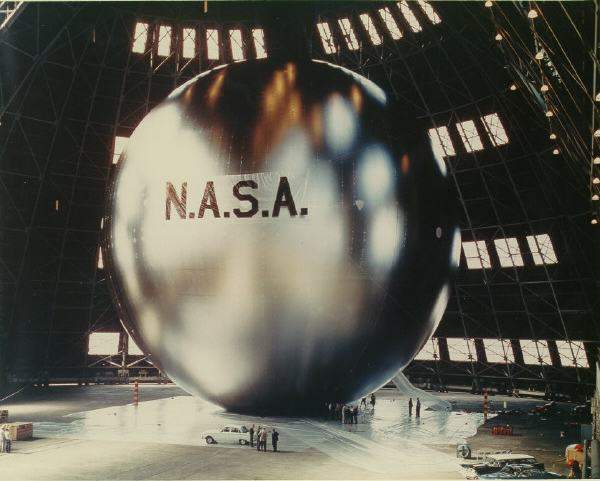
Up until this point, all communication around the world had to be done using a crazy maze of undersea cables. So the idea of satellite communication was mind-blowing. But not everyone thought it would work. Some engineers thought that the Earth’s ionosphere would block any radio waves trying to pass through.
Bouncing signals off the Moon
So before Echo was ever launched, NASA had to prove that satellite communication would work. That’s when they realized that they already had a satellite that could reflect signals, the Moon. And so, in a series of tests, they successfully used the Moon as a giant reflector to send voice signals from California to New Jersey. They even set up a two way telephone line using the Moon as a reflector. But how did this actually work?
In the same way that light bounces off a mirror, radio waves can also be reflected. As the signal is bounced off the surface, it spreads out in every direction. A small portion of the signal will make its way back to Earth, where it can be picked up by a receiver in a different location. A larger reflector will return a stronger and more focused signal.

How Echo was made
And so, in order for these balloons to work, they had to be absolutely massive. Echo 1 was made from a giant sheet of mylar plastic, which had 1/10th the thickness of a human hair. The sheet was cut up into over 100 gores, which were each covered in a thin layer of aluminum, to give the balloon its shiny surface. The gores were then glued together to create the final sphere. Once it was complete, NASA inflated Echo for the first time – and in 1958, this giant balloon came to life.
On Earth, the balloon needed an entire 18 tonnes of air to keep it inflated. In space, only a few kilograms were needed. This is because on Earth, our atmosphere pushes against the balloon – and so more air is needed to counteract this. In space, there is no atmosphere – and only a tiny amount of air is needed to fill the balloon.
This would be by far the biggest thing ever launched into space, and the only way to get it there was by packing it down and inflating it once it was in orbit. But this proved to be a massive challenge.
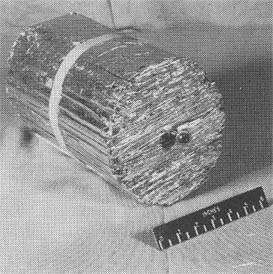
Inflating the Echo balloons in space
In order to turn Echo from this into this, it needed to inflate itself in space. Instead of carrying its own air, the balloon had small canisters of benzoic acid, a special powder that turns straight from a solid into a gas when exposed to heat. And so, when the balloon was released into space, the heat from the Sun would quickly turn it into gas, causing it to expand inside the balloon. In just a matter of seconds, this enormous balloon would be fully inflated.
But having such a massive object in space made it a target for micrometeorites. To combat any small punctures to its skin, Echo 1 carried extra supplies of benzoic acid that could be released to maintain the balloon’s pressure. Echo 2 on the other hand had a better solution.
Its skin was also made of mylar, but it was sandwiched between two sheets of aluminum foil. When the balloon was pressurized, the foil would get stretched, causing it to stiffen up and harden in place. This made the balloon rigid without needing internal pressure to maintain its shape. Even if micrometeorites hit the balloon, it would maintain its shape. Of course, these giant shiny balloons ended up being extremely visible.
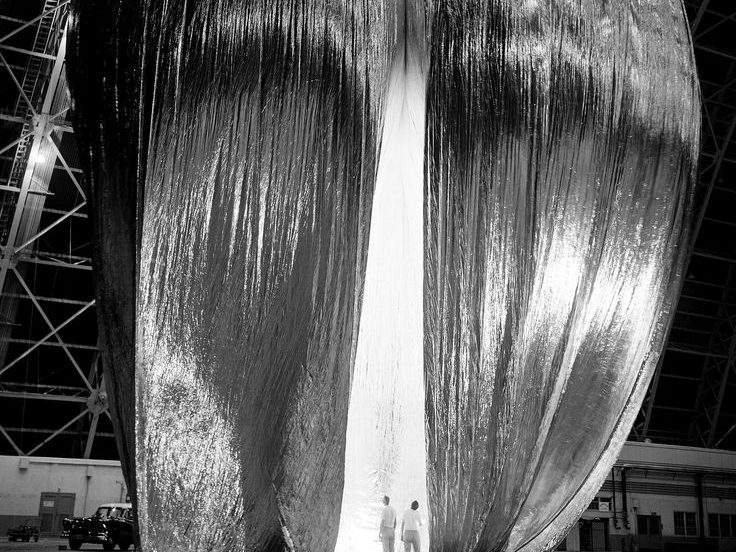
Bright shiny balloons in the sky
For an entire decade, they were some of the brightest objects in the night sky, even brighter than the North Star. In fact, if some of you were around at the time, you might actually remember seeing these balloons. But this brightness was actually a key feature of Echo’s design.
In order to actually send and receive signals, the ground stations had to be able to track and lock onto the balloon as it moved across the sky. And so, the easiest way was to simply point the antenna dish directly at the balloon when it was visible. Of course, this was only possible when the balloon happened to be over that part of the Earth – and only during twilight hours when the Sun was illuminating the balloons.
If the balloons couldn’t be seen with the naked eye, they could rely on NASA’s tracking network, which did its best to track and predict the orbits of satellites. On Echo 2, they included a tracking beacon, which sent out a pulse and made the balloon much easier to track during the day. Most of Echo’s communication was done between purpose-built ground stations in California and New Jersey.
But Project Echo was designed as a global experiment. Thanks to its polar orbit, the balloons passed over every part of the world, allowing transmissions to be done by anyone that had the equipment. Transmissions were even done between the US and the Soviet Union, who nicknamed the balloon the Friendly Sputnik. But the balloons weren’t just useful for sending signals around the world – they were also used to accurately measure the size and shape of Earth.

Measuring the Earth’s shape and size
At the time, our most accurate measurements relied on star triangulation, which meant that the actual distances between continents and cities could be off by over 100 kilometers. And so, scientists used Echo to map the exact location of various points all around Earth. First, they measured the signal travel time from two different locations, which would give them the distance to Echo.
Then, by measuring the angle that Echo appeared in the sky, the scientists could form a triangle. With this, the distance between both points could be calculated to within a few meters. This made our measurements of the Earth around 10 times more accurate. But the science didn’t stop there with Echo.
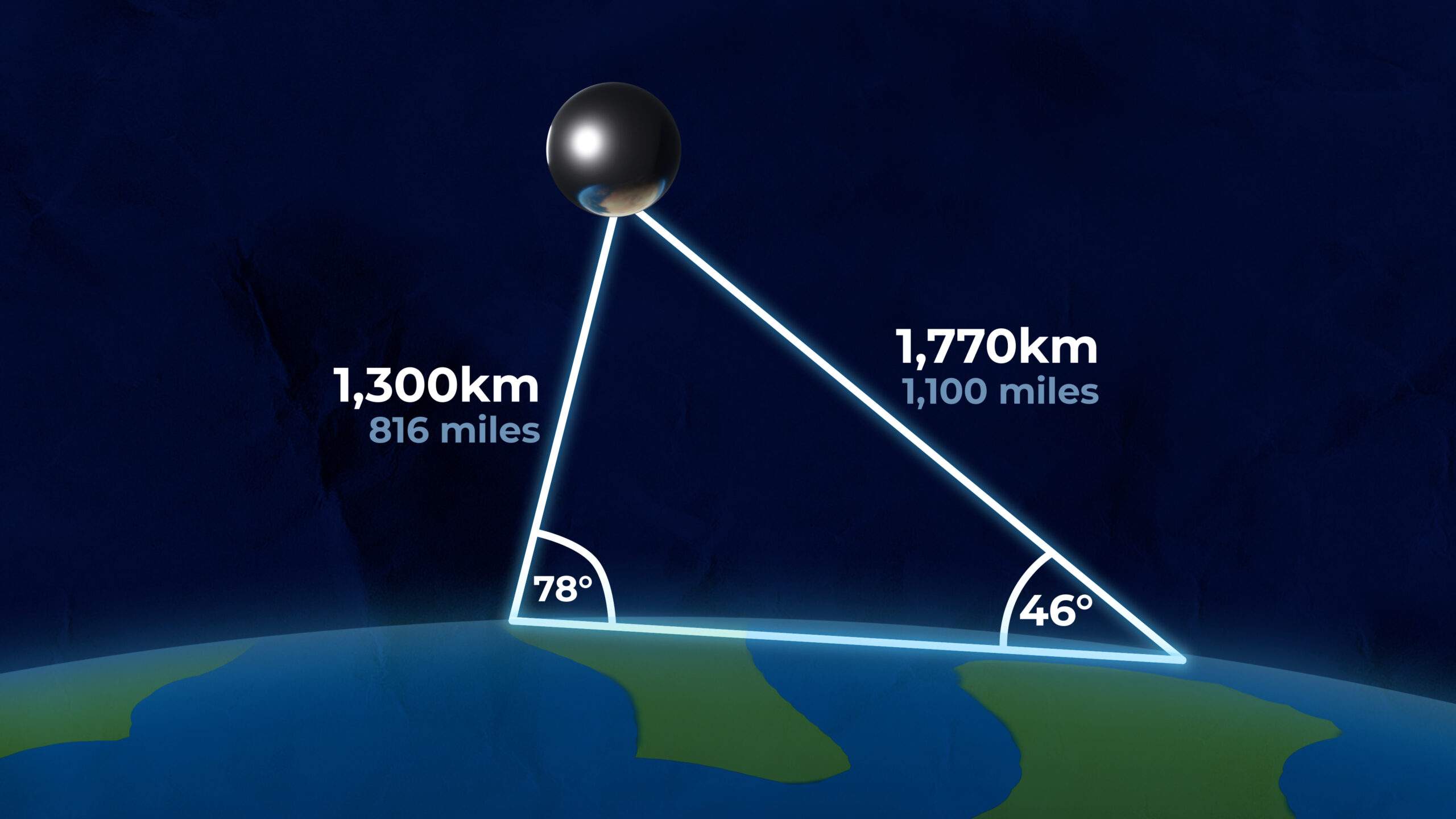
Atmospheric drag
After all, NASA was only a couple of years old at the time – and very little was known about the long term effects that satellites would experience in space. One of the biggest unknowns was atmospheric drag. Even at an altitude of 1,500 km, there are tiny traces of atmosphere that will slow down objects in orbit.
And with such a large surface area to mass ratio, these balloons felt the effect more than any other satellite. Thanks to Echo 1, NASA were able to track how its orbit changed over several years. As it turned out, it changed a lot. Surprisingly, atmospheric drag had nothing to do with this. Instead, the solar wind which radiates out from the Sun was pushing Echo 1 towards Earth.
These two balloons continued to work perfectly throughout the 60’s and they proved that a global communications system in space was a good idea. During their time in space, these iconic balloons taught NASA more than they could ever have imagined. The receiver that was used to detect Echo’s signal went on to discover the Big Bang. The materials developed for Echo are still used in spacecraft to this day.
Although these types of satellites never caught on, their legacy as the first leap into space communications will live on forever – and Echo 1 and 2 will go down as the most beautiful satellites ever made.

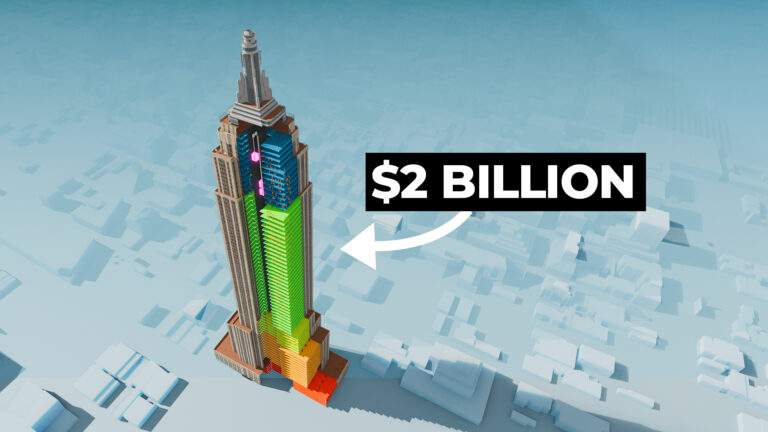

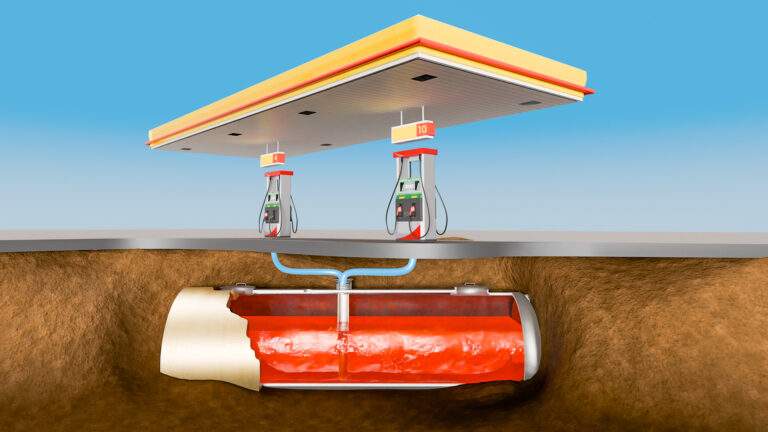

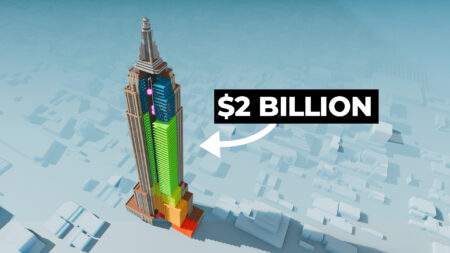

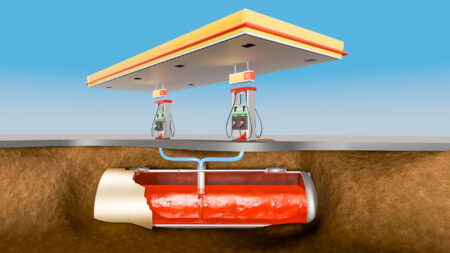


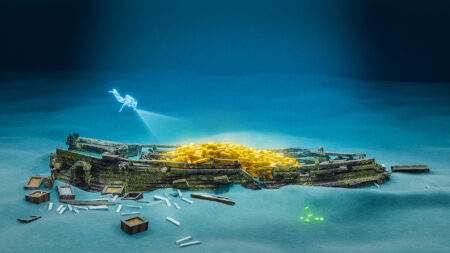
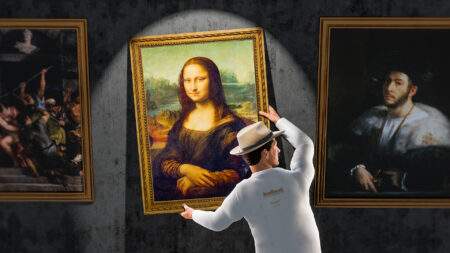

I told my mom I can see the Echo satellite. She thought it was just an airplane but I knew satellites don’t have blinking lights as do all the airplanes we see in the NYC area.
Echo was incredibly bright. I soon heard a TV weatherman (maybe Frank Field?) suggest calling a number at the Hayden Planetarium in New York. It was a recording telling what satellites could be seen that night with time and direction (for the NYC area).
To a ten year old it was like having superpowers, being able to stand outside and know exactly when and where a bright satellite would appear. I now use a more sophisticated version but today’s sightings don’t compare to the Echos.
I hope this counts as a comment on the video! A satellite I saw in the sky was the ISS actually, it was cool seeing a bright dot in the sky quickly passing by, knowing that dot is a spacecraft with astronauts on it. With a combination of fresh night air, it’s just amazing.
F
Mr. Cunningham, lighten up on the italics. It’s distracting. Otherwise, interesting article.